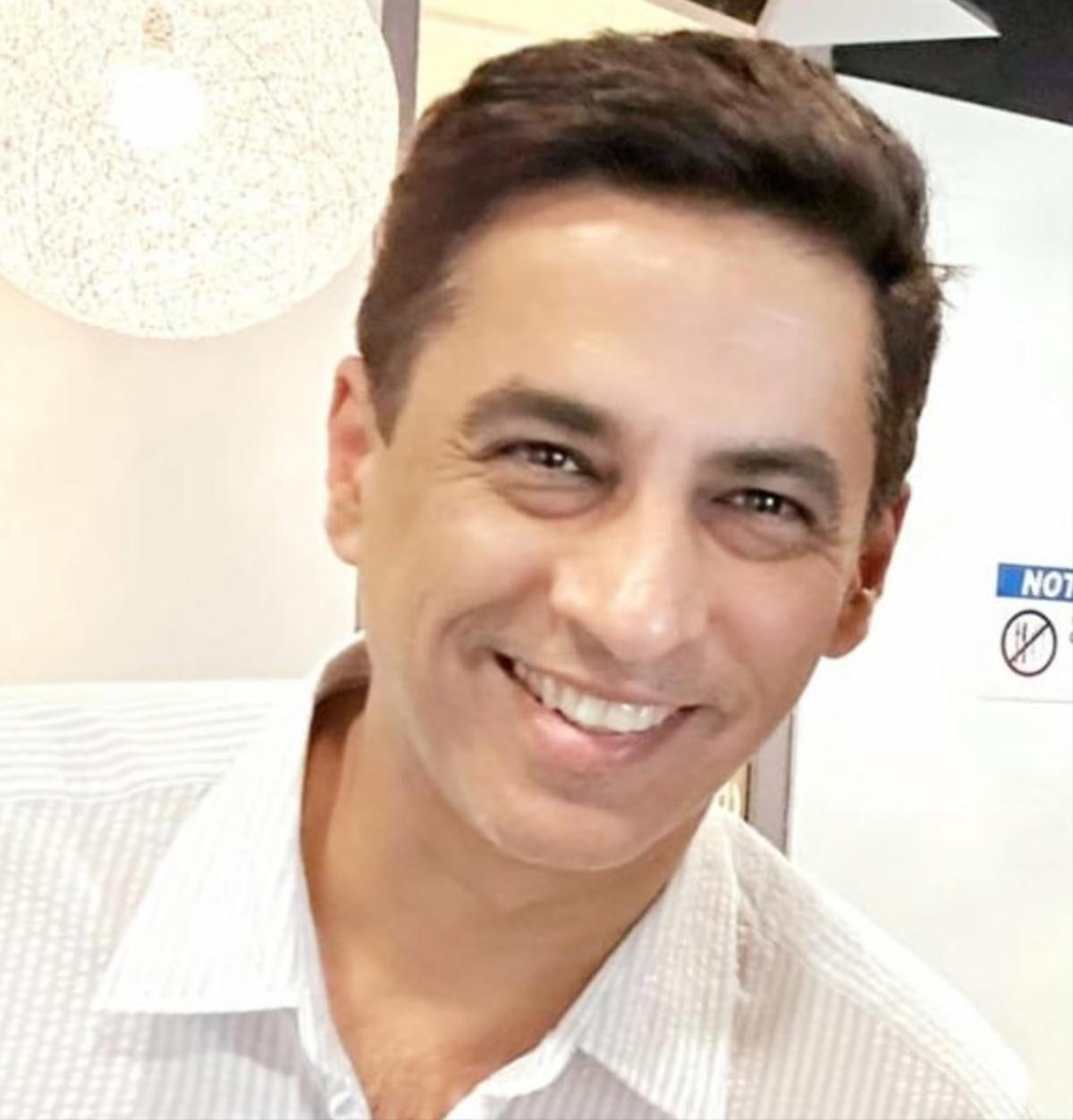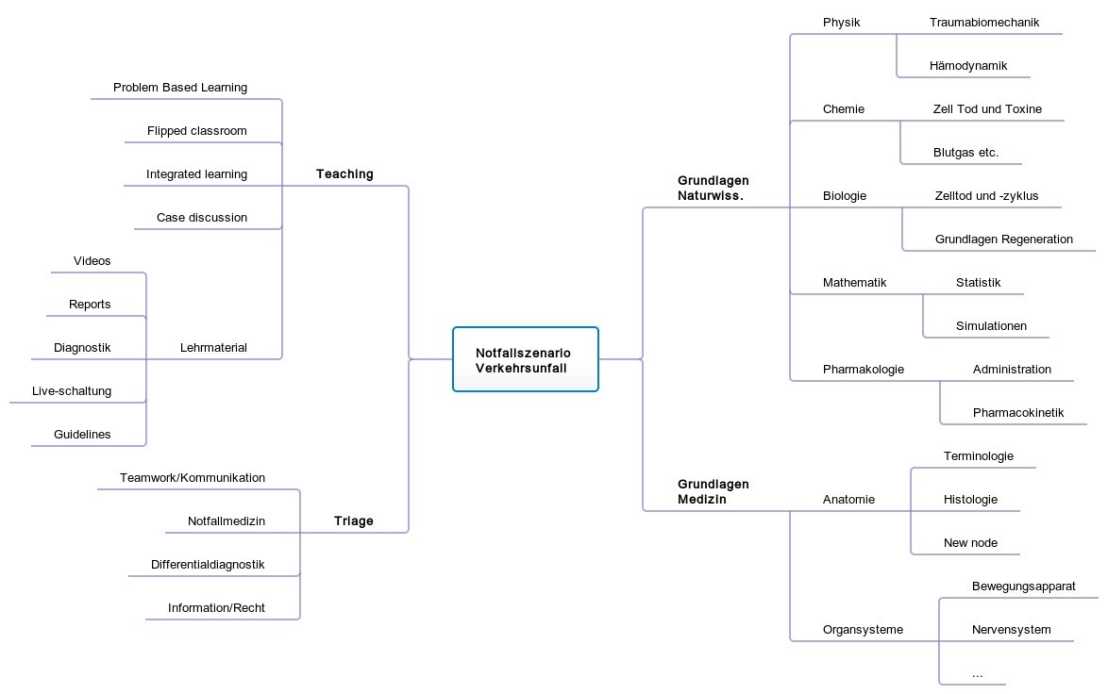Fundamentals of Medicine and the Human Body
Medical students should not only acquire factual knowledge but should also take different roles, e.g. communicator or health advocate, when treating patients. Therefore, we designed an introductory week along a real-world case to introduce medical approaches as well as necessary subjects in natural science. We utilize two main concepts of learning: disciplinarity and productive failure. The feedback from all sides is overwhelmingly positive. The student activation in the first week is the kick-off for the above-average student engagement in all subsequent courses.

Keywords
Course description
Project description
Expectations towards medical doctors are extremely high. They should not only possess a huge amount of knowledge and skills to treat diseases but also the ability to take different roles, e.g. communicator or health advocate, when treating patients. It means that a physician would also have to communicate risks, alternatives and consequences and has to find the best treatment strategy together with the patient as a shared decision. The different components of medical education are summarized in the new central learning catalogue PROFILES. Consequently, students also have to develop an adequate personality to cope with all challenges of treating patients.
In this process, we are facing several challenges:
- Neither can we choose suitable students, e.g. by interviewing, nor can interested students select their university of choice freely due to current entry regulations (entrance test and subsequent distribution).
- Students come with a wide variety of pre-knowledge, especially in natural sciences, depending on their track at the high school and the canton they come from
- Starters in medicine have often a rather glamorous picture of the medical profession resulting from many television and social media contributions, e.g. Grey’s anatomy, Dr. House etc.
The learning problem
At the same time, current models of medical education rely largely on traditional modes of instruction, where the focus is on learning large amounts of knowledge and skills, and less so on situating them in practice. This focus on accumulating knowledge first and in a manner that is divorced from clinical practice results in a problem of transfer, where students are not able to apply what they have learnt to clinical practice.
The approach
Focusing on disciplinarity requires that we start by situating knowledge and skills in actual interdisciplinary practice. Thus, actual clinical situations form the starting point of learning, and anchor the subsequent acquisition of knowledge and skills. The second principle of productive failure supports disciplinarity. When novices are engaged in actual clinical situations, this may lead to some level of failure initially. However, provided the novices can be appropriately supported in this initial experience, such a learning experience can motivate and prepare them for subsequent instruction.
Together, disciplinarity and productive failure afford students the opportunity to not only learn better but also be able to apply their learning in practice, and do so in a way that builds other skills and competencies such as teamwork, initiative, resilience, and the professional identity of a doctor.
Learning objectives
We designed a clinical introductory week to overcome the above-mentioned challenges and to lay down the foundation of a successful curriculum for our students. The specific learning objectives are:
- The get to know the specific roles and responsibilities of a medical doctor
- To establish basics in anatomic terminology, natural science and treatment concepts
- To train first practical skill like first aid, emergency strategies and imaging as well as rehabilitation
- To learn fundamentals of interprofessional team work and start team building
- To activate students and to introduce key teaching concepts of the medical curriculum
Implementation
A complex road-traffic accident serves as a base for the introductory week. The real-world case resulted in several heavily injured patients treated in the Kantonsspital Baden. The week is structured along the patient journey into: day1 - trauma, day 2 - emergency care, day 3 - diagnostics, day 4- treatment to day 5- rehabilitation.
While the interdisciplinary medical team of the Kantonsspital Baden explains every day a further step of the patients' pathway, including primary care at the accident site, the admission to the emergency ward, radiological diagnostics, surgical treatment and rehabilitation, one additional lecturer introduces the underlying principles of natural science and another lecturer the associated medical specialties. A few examples will illustrate the concept: The original X-ray and computed tomography exams are used to teach anatomic terminology; the deformations of the damaged car are used to exemplify basics of physics; injury related changes in the blood as pH drop is used to exemplify basics of biochemistry and treatment decisions serve as an example for ethical considerations.
In the afternoon, students already acquire first practical skills such as basic life support, emergency treatment, sonography and rehabilitation.
The principles of disciplinarity and productive failure are utilized to explain not only the different subjects but also major aspects of the medical profession. The productive failure design is further used in sonography to encourage students for deep understanding of relevant anatomical structures. Critical thinking is encouraged via questioning of treatment decisions and ethical discussions.
Video
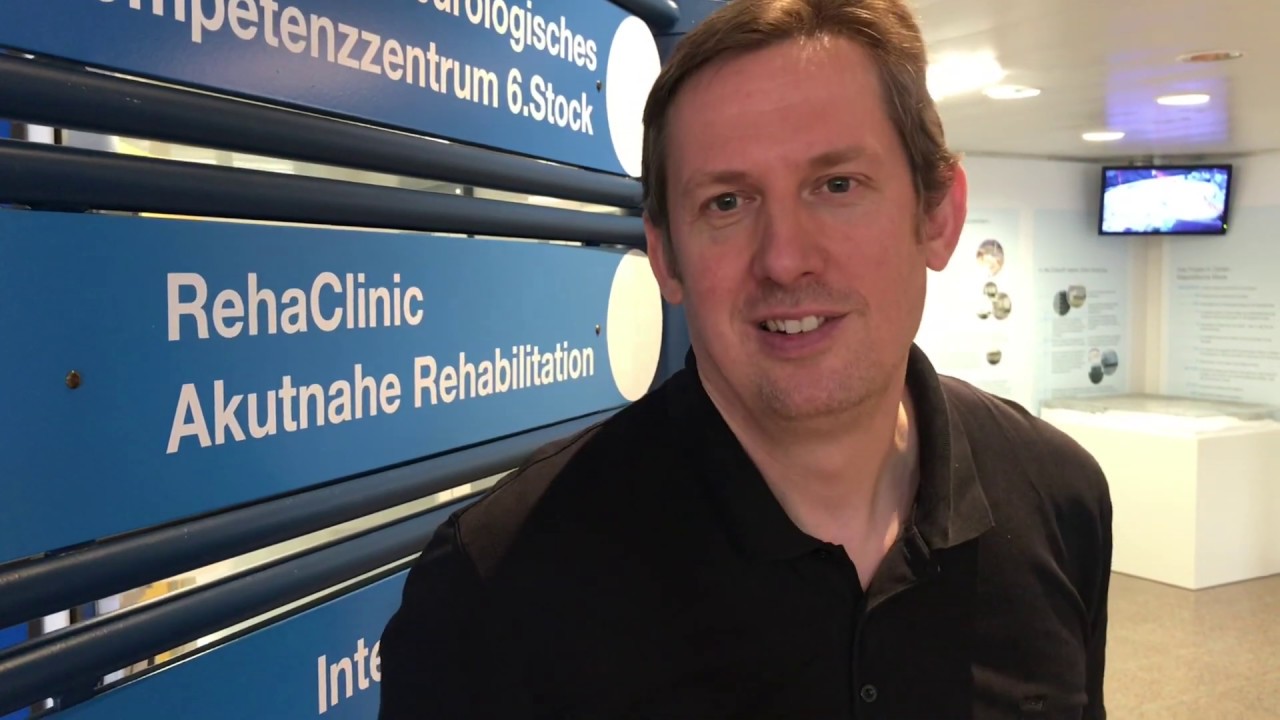
Contact information
Contact
- Ortsangabe location_onHCP H 15.3
- Telefon phone+41 44 633 20 69
- emailE-Mail
- web_asset Website
- contactsvCard Download
Dep. Gesundheitswiss. und Technol.
Leopold-Ruzicka-Weg 4
8093
Zürich
Schweiz
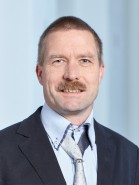
Contact
VP Forschung
Rämistrasse 101
8092
Zürich
Schweiz
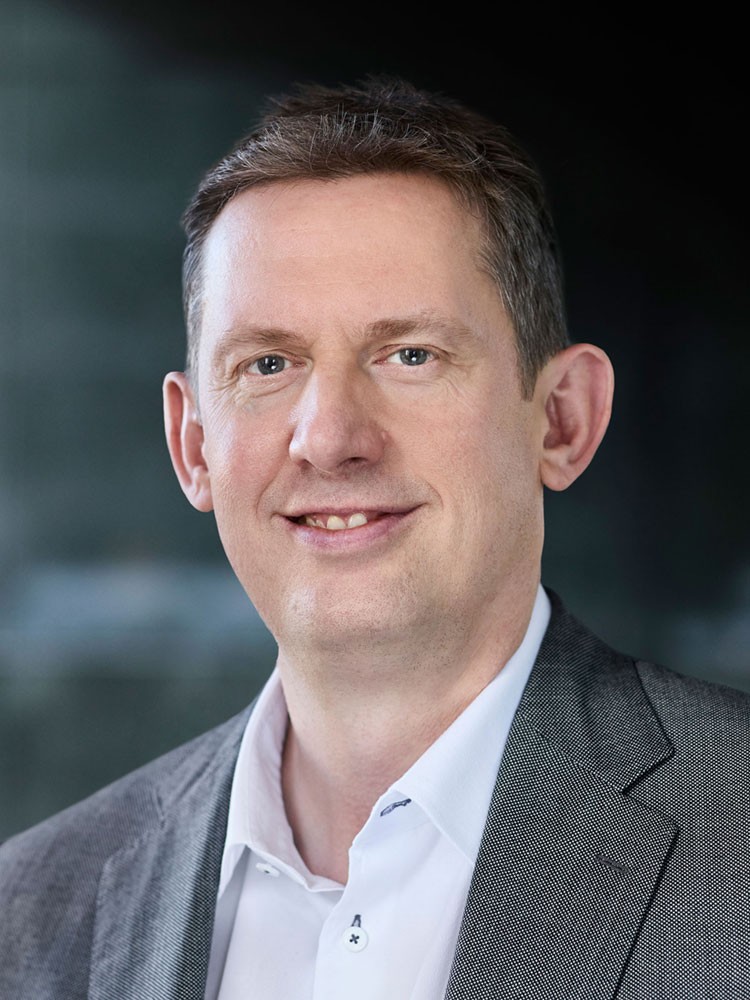
Contact
Kantonsspital Baden
5404
Baden
Schweiz
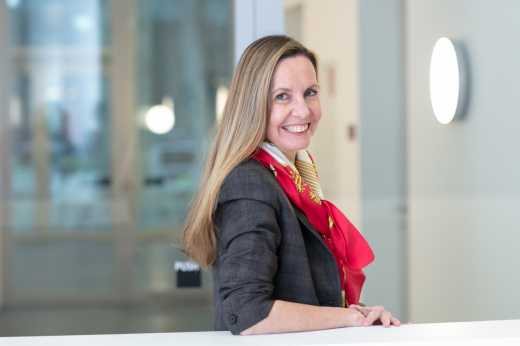
Contact
- Ortsangabe location_onRZ J 3
- Telefon phone+41 44 632 25 89
- emailE-Mail
- web_asset Website
- contactsvCard Download
Professur für Lernwissenschaften
Clausiusstrasse 59
8092
Zürich
Schweiz
